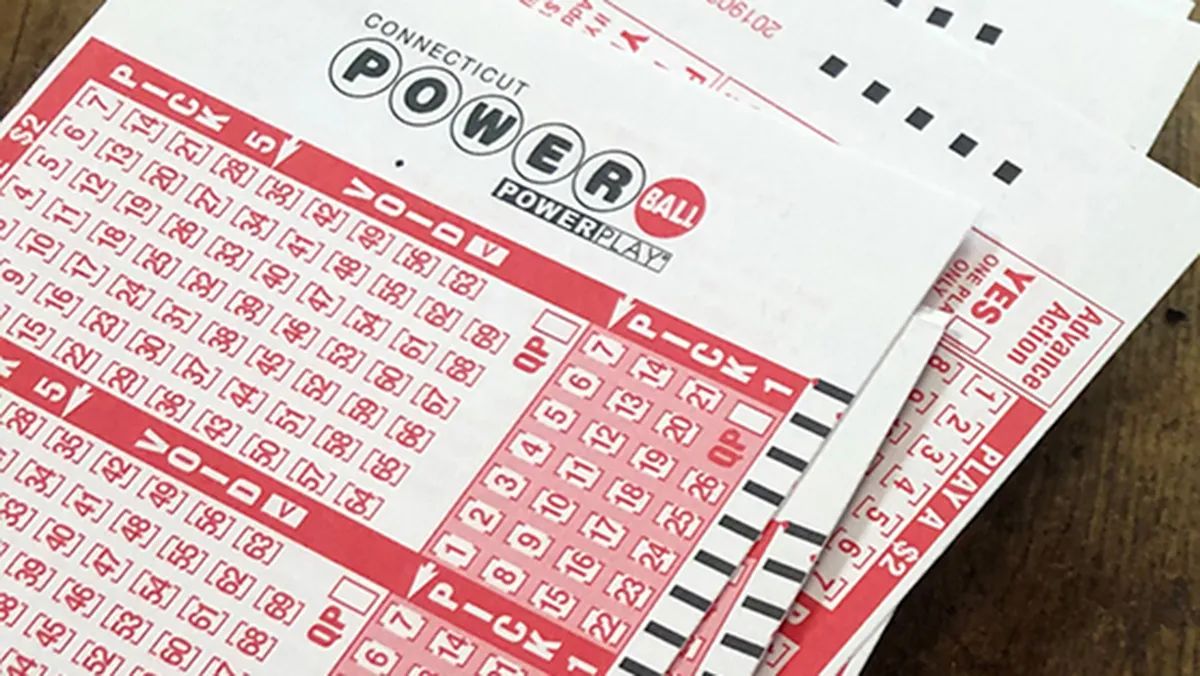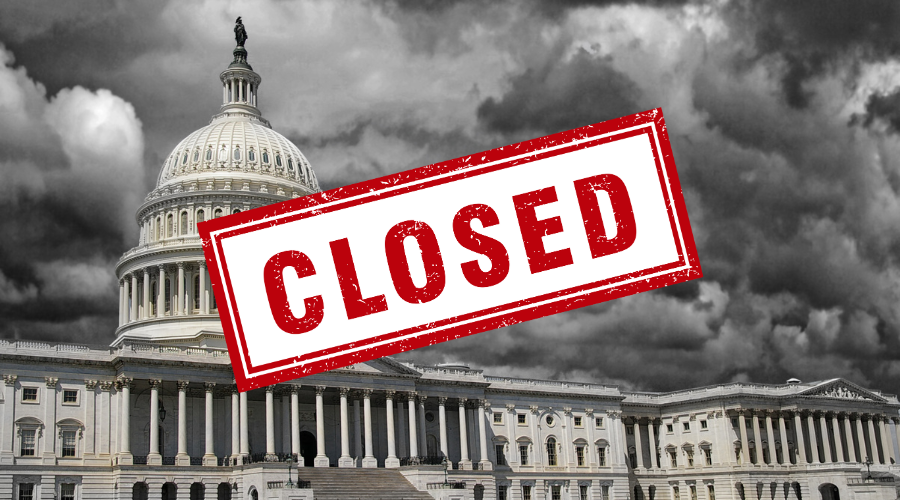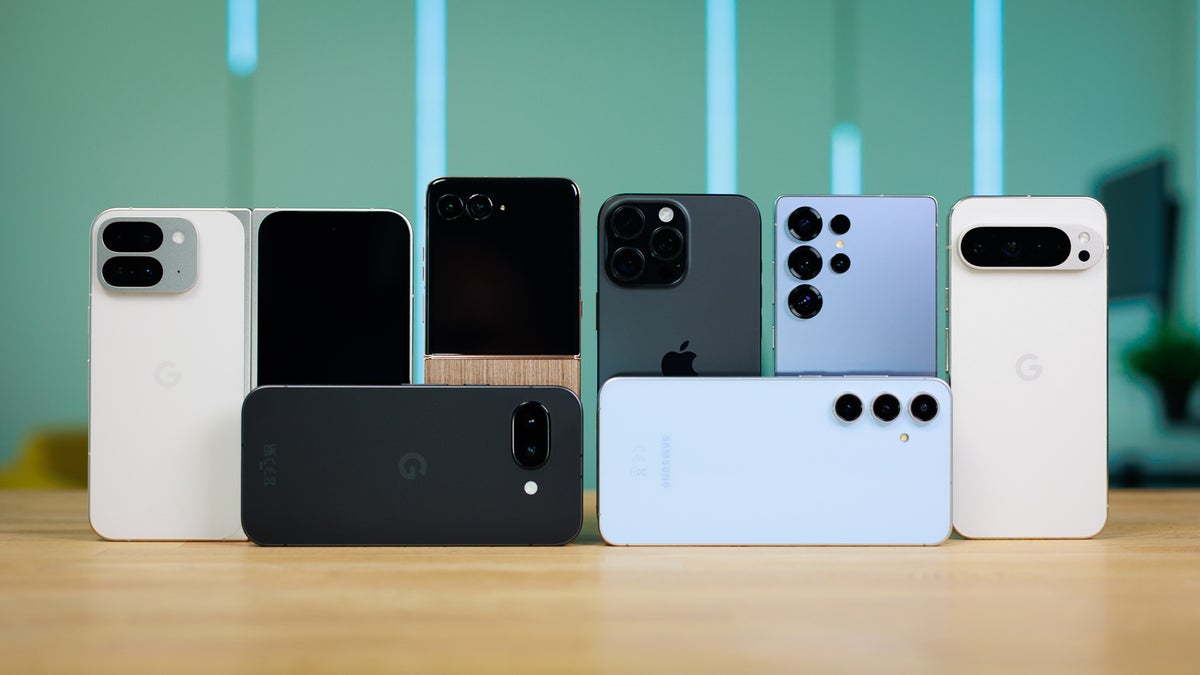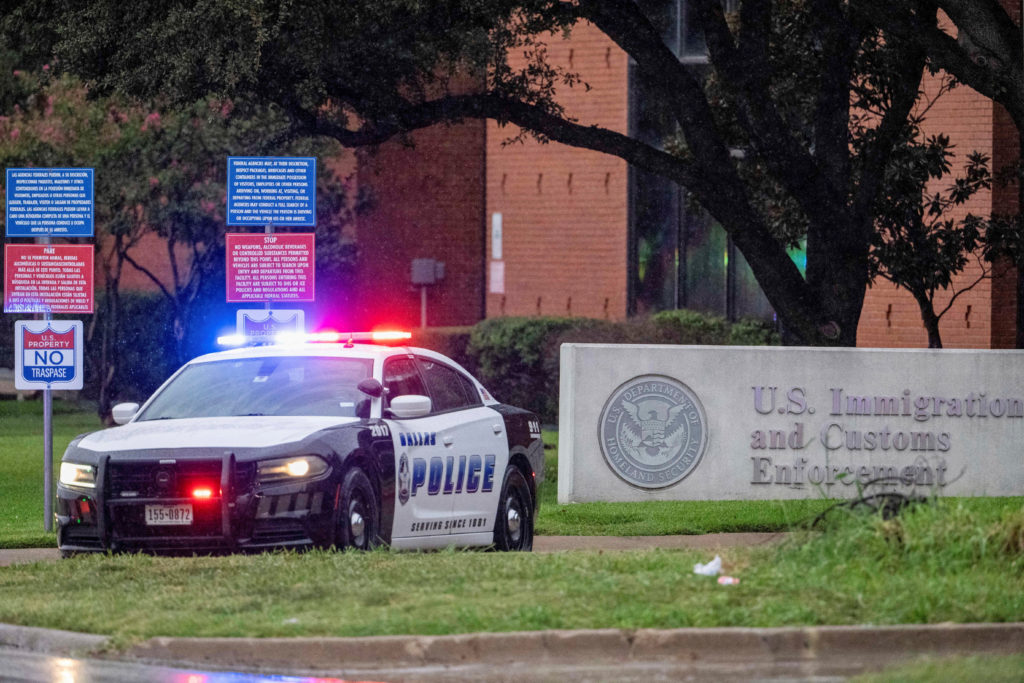As of Saturday, September 6, the Powerball jackpot has soared to over $1.8 billion, making it the second-largest lottery prize in U.S. history, surpassed only by the $2.04 billion jackpot won in California in November 2022. With drawings happening three times each week—Mondays, Wednesdays, and Saturdays—millions of Americans are rushing to buy tickets with the hope of becoming instant billionaires.
Yet, the odds of actually winning currently sit at about 1 in 292 million, falling each day as more Americans buy in to shoot their shot. Statistically speaking, you’re more likely to be struck by lightning—not once, but twice—than to pick the winning numbers, but that doesn’t stop people from playing. An estimated well over 160 million entries have been submitted nationwide. This weekend’s draw marks the 42nd consecutive drawing, tying the record for the longest streak with no winner.
While the headline number sounds life-changing, the reality is a little more complicated. Winners can either choose the annuity option, which pays out the full $1.8 billion over 30 years, or the lump-sum cash option, which comes to about $826 million before taxes. After both federal withholding and state taxes, the actual take-home amount shrinks even more, bringing it closer to half of the advertised prize.
But there’s also a cautionary side to the story: past winners have struggled with sudden wealth, with some ending up bankrupt within years. Experts warn that the excitement of winning can quickly fade without financial planning. On top of that, lottery tickets can fuel addictive behaviors—something states have been criticized for encouraging by promoting giant jackpots.
Adam Osmond, $50,000 Connecticut lottery winner, spent about $1 million on lottery games, including the entirety of his winnings. His addiction spiraled to the point where he lost his gas station business, his home, and the stability of his everyday life. Osmond isn’t alone—with lottery sales jumping from $59 billion in 2010 to $113 billion in 2023, addiction is increasingly common. Experts estimate 2.5 million U.S. adults have severe gambling addictions, contributing significantly to the statistic that 70% of lottery winners lose it all.
Here in Arizona, there’s at least one silver lining, thanks to an Arizona Lottery giveback program and state law. A portion of every lottery ticket sold is split among a variety of programs, including education, health programs, environmental initiatives, economic development, and more. That means even when players lose, schools and other public projects benefit.
Whether you see the Powerball as a thrilling game of chance or a risky gamble, one thing is certain: the nation is hooked. Tonight’s drawing could make history, or add, yet again, to the already staggering jackpot.









